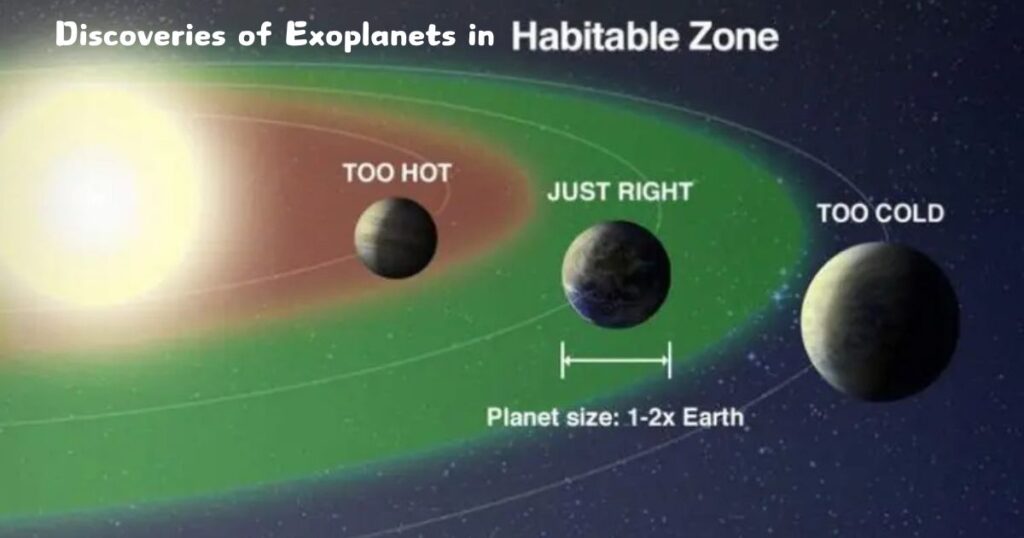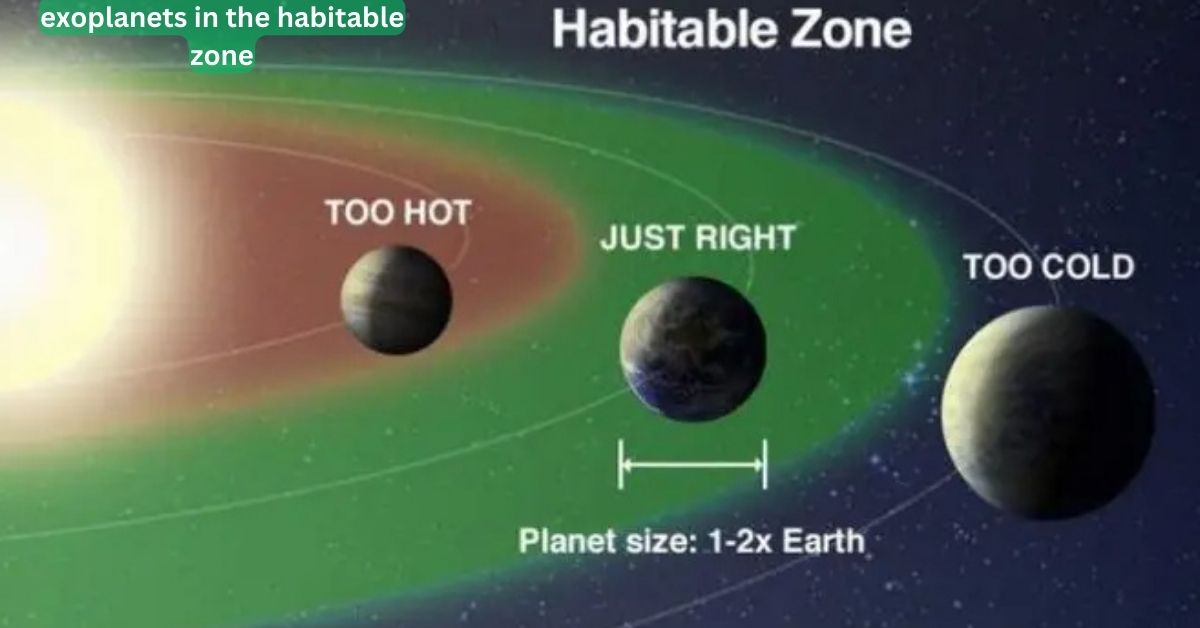Introduction
Exoplanets in the Habitable Zone
The concept of the habitable zone is central to search for life beyond our solar system. Often referred to as “Goldilocks zone,” this region around a star where conditions might be just right, liquid water exist on the planet’s surface. Understanding and identifying exoplanets in crucial step of finding extraterrestrial unraveling mysteries universe.
Key Exoplanets in the Habitable Zone
| Exoplanet | Distance from Earth (light-years) | Star Type | Discovery Method | Notable Features |
|---|---|---|---|---|
| Proxima Centauri b | 4.24 | Red Dwarf | Radial Velocity | Closest known exoplanet, potentially rocky |
| Kepler-452b | 1,402 | G-type | Transit | Similar to Earth, “cousin” planet |
| TRAPPIST-1e | 39.6 | Red Dwarf | Transit | One of seven Earth-sized planets in the system |
| LHS 1140 b | 40 | Red Dwarf | Transit | Dense planet, could hold water |
| Gliese 667 Cc | 23.62 | Red Dwarf | Radial Velocity | Super-Earth, in the middle of the habitable zone |
Key Takeaways
- Definition of the Habitable Zone: The habitable zone, moreover known as “Goldilocks zone,” is locale around a star where conditions are just right for fluid water to exist on planet’s surface, which fundamental life we know it.
- Factors Affecting Habitability: Key components deciding an exoplanet’s habitability include the sort of star it circles, the planet’s size and composition, and its atmospheric characteristics.
- Notable Exoplanet Discoveries:TRAPPIST-1 System: Highlights seven Earth-sized planets, three of which are in the habitable zone, advertising varied compositions and potential for habitability.
- TOI-715 b: A super-Earth inside the habitable zone of a red dwarf star, with conditions that may back fluid water.
- Detection Strategies: Missions like NASA’s Kepler and TESS utilize the transit method to distinguish exoplanets by watching star diminishing. The James Webb Space Telescope will before long upgrade our capacity to ponder exoplanet atmospheres for biosignatures.
- Challenges in Identifying Habitable Exoplanets: Stellar flares, radiation, and atmospheric composition posture critical challenges. The require for progressed technology and future space telescopes is crucial for more detailed perceptions.
What Are Exoplanets?
Exoplanets are planets that circle stars exterior our solar system. The to begin with affirmed exoplanet was found in 1992, and since at that point, thousands of exoplanets have been distinguished utilizing different detection strategies. These planets change broadly in size, composition, and distance from their parent stars.
Characteristics of Exoplanets in the Habitable Zone
Several key factors determine whether an exoplanet can be considered habitable. These include the type of star it orbits, the size and composition of the planet, and the characteristics of its atmosphere. The habitable zone’s boundaries are influenced by the star’s luminosity and temperature. For example, stars that are hotter and more massive have habitable zones farther out, while cooler, smaller stars have tighter habitable zones. The definitions of “conservative” and “optimistic” habitable zones help refine our search, with the former being a more stringent measure of where liquid water could stably exist.
Notable Discoveries
TRAPPIST-1 System
One of the most exciting discoveries in recent years is TRAPPIST-1 system, which features seven Earth-sized planets, three lie within habitable zone. These planets are intriguing because they similar size to Earth but have different densities, suggesting a varied composition. The proximity of these each other and their host star makes them prime candidates for studying atmospheric conditions potential habitability【17†source】.
TOI-715 b
Another significant find is TOI-715 b, a super-Earth located within the habitable zone of a red dwarf star. This planet, which about 1.5 times size Earth, orbits its star every 19 days. Despite proximity, cooler temperature allows b to maintain conditions that could support liquid water on the surface, making it an excellent candidate for further study.
Techniques for Identifying Habitable Zone Exoplanets
Identifying exoplanets in the habitable zone involves sophisticated techniques and instruments. NASA’s Kepler TESS missions have been pivotal, in detecting these distant worlds by observing dimming of stars caused transiting planets. The upcoming James Webb Space Telescope will enhance our ability to study probing their atmospheres for signs of water, oxygen, carbon dioxide, other potential biosignatures. Understanding a star’s total radiation output, its effects on planetary, is crucial to accurately determining the zone.
Challenges and Considerations
While the search for habitable exoplanets is promising, several challenges remain. Stellar flares and radiation can strip away planetary atmospheres, complicating potential life. Additionally, chemical composition of an atmosphere plays a critical role in maintaining surface conditions that are conducive to Researchers must also consider effects orbits rotation on climate stability. Current technology limits our ability observe these factors detail, highlighting need more advanced space telescopes.
Detection Methods
1. Transit Method: This strategy includes watching the diminishing of a star’s light as a planet passes in front of it.
2. Radial Velocity Method: This method measures the wobble of a star caused by the gravitational drag of a circling planet.
3. Direct Imaging: This strategy captures pictures of exoplanets by blocking out the light from their parent stars.
4. Gravitational Microlensing: This technique identifies planets by watching the twisting of light from a removed star due to a planet’s gravity.
What is the Habitable Zone?
The Habitable zone, frequently alluded to as the “Goldilocks Zone,” is the locale around a star where conditions are just right for fluid water to exist on a planet’s surface. This zone is neither too hot nor as well cold, making it possibly appropriate for life as we know it.
Importance of the Habitable Zone
Water is fundamental for life, and finding exoplanets in the livable zone increments the chances of finding extraterrestrial life forms. Planets in this zone are the prime targets for future missions pointed at finding signs of life.
Discoveries of Exoplanets in the Habitable Zone


